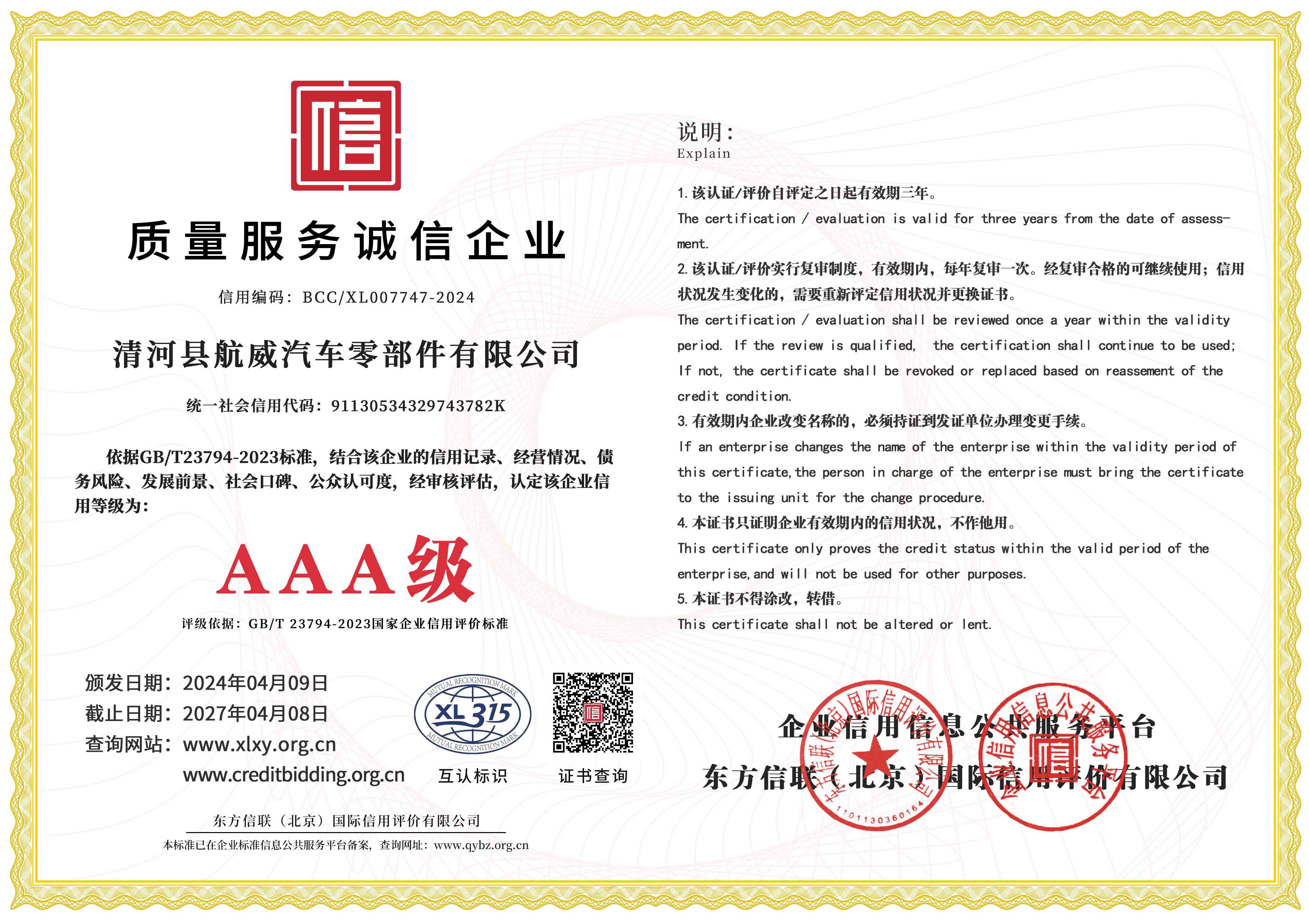Understanding the Expenses Involved in Accelerator Wire Production and Installation
An Overview of Accelerator Wire Costs Factors and Implications
In the fast-evolving world of technology and manufacturing, the demand for high-performance components has become increasingly critical. Among these components, accelerator wires play a pivotal role in various applications, especially in particle accelerators and other scientific research facilities. Understanding accelerator wire costs is essential for manufacturers, researchers, and engineers as they navigate the complex landscape of materials, production processes, and market demands.
What Are Accelerator Wires?
Accelerator wires are specialized conductive materials used to transport electrical signals and power in various types of particle accelerators and other high-energy physics experiments. They are designed to withstand extreme conditions, including high voltages, temperatures, and radiation levels. The construction of these wires involves a combination of materials, most often metals such as copper, aluminum, or more exotic materials designed to offer superior conductivity and durability.
Factors Influencing Accelerator Wire Costs
1. Material Composition The choice of material has a significant impact on the cost of accelerator wires. Traditional materials like copper are generally less expensive, while high-performance alloys or superconducting materials can drive costs up substantially. For instance, niobium-titanium wires, which are used in advanced superconducting magnets, can be considerably costlier than standard copper wires due to their complex manufacturing processes.
2. Manufacturing Processes The production methods employed to create accelerator wires can also contribute to their costs. High-precision manufacturing techniques, such as drawing and heat treatment, often increase labor and machinery expenses. Moreover, the necessity of maintaining stringent quality control measures to ensure the reliability of wires in high-stress environments further adds to production costs.
3. Length and Insulation Needs The cost of accelerator wires can vary significantly based on their length and the specific insulation requirements. Longer wires require more material, while specialized insulation to protect against environmental factors or electrical interference can also raise costs. In accelerator projects, where extensive lengths of wire may be necessary, these factors become critical in budgeting.
accelerator wire cost

4. Market Demand The demand for accelerator wires in the broader context of technological applications plays a crucial role in determining their cost. As advancements in fields such as renewable energy, medical imaging technologies, and high-energy physics research continue to grow, the need for efficient and ergonomic accelerator wires has surged. This increase in demand can lead to fluctuations in prices, driven by changes in material availability and production capacities.
5. Supply Chain Dynamics Global economic factors, including tariffs, trade policies, and supply chain disruptions, directly affect the availability and pricing of raw materials for accelerator wire production. Events like geopolitical tensions or natural disasters can lead to significant price increases and delivery delays, which must be considered in cost assessments.
Economic Implications
The costs associated with accelerator wires extend beyond mere manufacturing expenses; they significantly impact project budgets and timelines in scientific research and industrial applications. High costs can constrain programmable budgets, necessitating careful planning and resource allocation to ensure that projects remain financially viable.
Moreover, researchers and developers are increasingly focusing on the cost-benefit analysis of using high-quality materials versus more affordable options. The choice of accelerator wire can influence the overall performance and longevity of the systems in which they are integrated, impacting efficiency and potentially leading to reduced long-term operational costs.
Conclusion
In conclusion, understanding the factors influencing accelerator wire costs is vital for industry stakeholders in the contemporary technological landscape. By considering material composition, manufacturing processes, length and insulation requirements, market demand, and supply chain dynamics, manufacturers and researchers can better strategize their investments. As technology continues to evolve and the demand for high-performing components grows, staying informed on the cost dynamics of accelerator wires will remain crucial for successful project implementations and innovations in various scientific fields. This knowledge empowers stakeholders to make informed decisions, ensuring that they remain competitive in an increasingly complex and dynamic market.
-
Workings of Clutch Pipe and Hose SystemsNewsJun.04,2025
-
The Inner Workings of Hand Brake Cable SystemsNewsJun.04,2025
-
The Secrets of Throttle and Accelerator CablesNewsJun.04,2025
-
The Hidden Lifeline of Your Transmission Gear Shift CablesNewsJun.04,2025
-
Demystifying Gear Cables and Shift LinkagesNewsJun.04,2025
-
Decoding Clutch Line Systems A Comprehensive GuideNewsJun.04,2025
